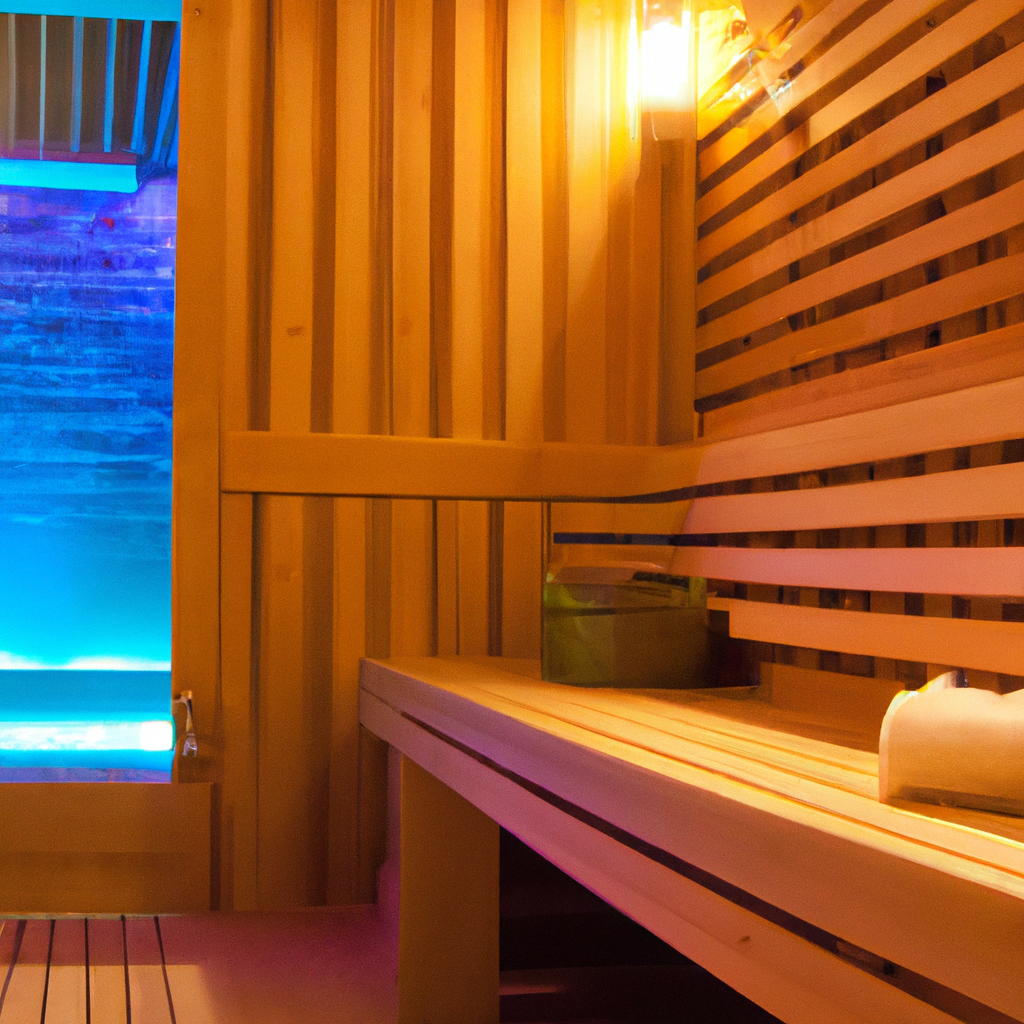
How to Build a Backyard Sauna: Your Ultimate DIY Guide
Building a backyard sauna is a fulfilling project that not only enhances your outdoor space but also provides numerous health benefits. Saunas are known for promoting relaxation, improving circulation, and aiding in muscle recovery. In this guide, we will walk you through the essential steps to create your own backyard sauna, covering everything from planning…
Read More
Unlocking the Costs and Benefits of Home Infrared Saunas
Introduction to Infrared Saunas If you’re considering enhancing your wellness routine, a home infrared sauna might be just what you need. Unlike traditional steam saunas that heat the air around you, infrared saunas use infrared panels to emit radiant heat, which warms your body directly. This method offers a variety of health benefits, making infrared…
Read More
Unlocking Wellness: The Benefits of Contrast Therapy with Sauna and Cold Plunge
In the quest for optimal health and recovery, contrast therapy has emerged as a powerful technique that combines the benefits of heat and cold therapy. This practice typically involves alternating between a sauna session and a cold plunge, creating a unique physiological response that enhances recovery, improves circulation, and promotes overall wellness. In this article,…
Read More
Heat Therapy for Joint Pain Relief: Unlocking Natural Comfort and Mobility
Heat therapy has long been recognized as a simple yet effective method for alleviating joint pain, particularly for individuals suffering from arthritis or stiffness in their joints. This natural approach to pain management is not only accessible and affordable but also free from the side effects that often accompany medications. In this article, we explore…
Read More
Can Sauna Help with Muscle Recovery? Exploring the Science and Benefits
Saunas have been a staple of wellness routines around the world for centuries, celebrated for their relaxing warmth and purported health benefits. Among athletes and fitness enthusiasts, a common question arises: **can sauna help with muscle recovery?** After an intense workout, muscle soreness and fatigue can slow down progress and dampen motivation. Using a sauna…
Read More
Glowing Skin: Sauna After Workout Skincare Tips You Need to Know
After a rigorous workout session, there’s nothing quite like unwinding in the soothing heat of a sauna. But did you know that incorporating sauna sessions into your post-exercise routine can also work wonders for your skin? In this article, we’ll explore the benefits of hitting the sauna after a workout and provide you with expert…
Read More
Unlocking the Power of Heat: The Best Time of Day to Use a Sauna
Stepping into a sauna is like embarking on a journey of rejuvenation and relaxation. But have you ever wondered when is the best time of day to harness the full benefits of this heat therapy wonder? Let’s delve into the different perspectives and research findings to uncover the ideal timing for your sauna sessions. Morning…
Read More
**Steam Sauna vs Dry Sauna: Exploring the Health Benefits**
When it comes to relaxation and rejuvenation, few experiences can match the indulgence of a sauna session. Whether you prefer the dry heat of a traditional sauna or the steamy ambiance of a steam sauna, both offer a range of health benefits that go beyond just sweating it out. In this article, we delve into…
Read More
**Unlocking the Secret: How Long to Safely Stay in a Sauna for Maximum Benefits**
Stepping into a sauna is a ritual for many seeking relaxation, rejuvenation, and health benefits. The enveloping warmth, the gentle haze of steam, and the sensation of sweat purging toxins from the body all contribute to the allure of sauna sessions. However, the burning question remains: how long should one stay in a sauna to…
Read More
Hot Cold Therapy: How Contrast Therapy Enhances Recovery, Performance, and Resilience
Hot cold therapy—also known as contrast therapy—is the strategic use of heat and cold to accelerate recovery, reduce inflammation, improve circulation, and boost resilience. It’s a practice rooted in ancient traditions and now embraced by elite athletes, physical therapists, and wellness experts alike. By alternating between heat (saunas, hot tubs, warm compresses) and cold (cold…
Read More